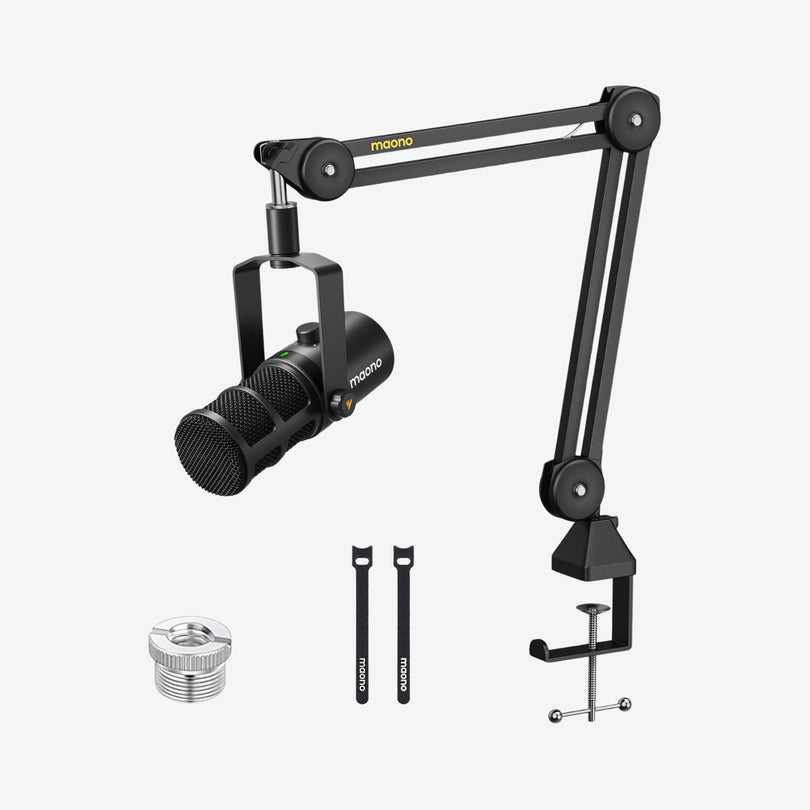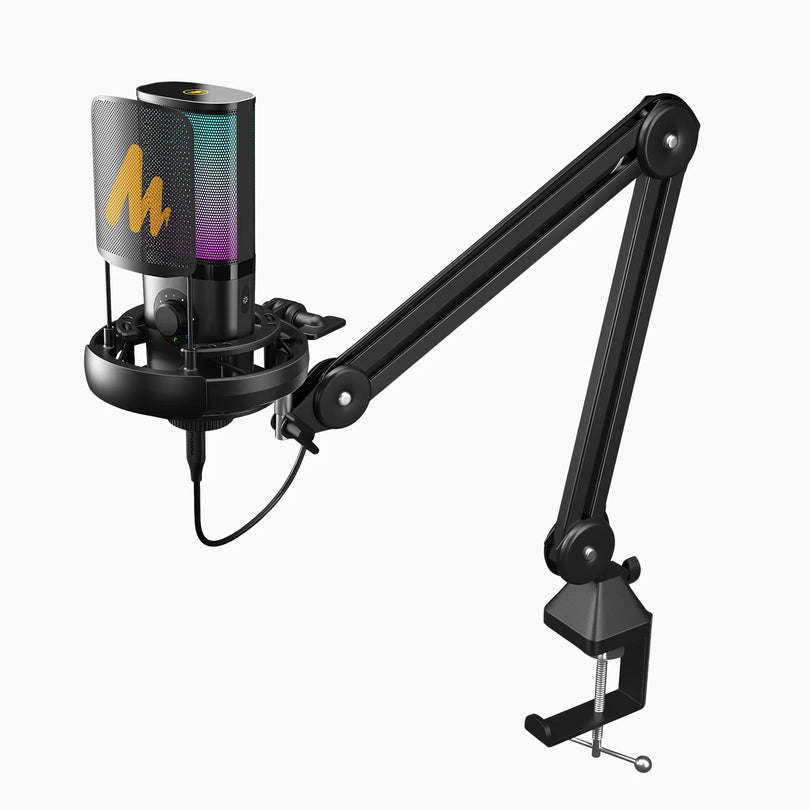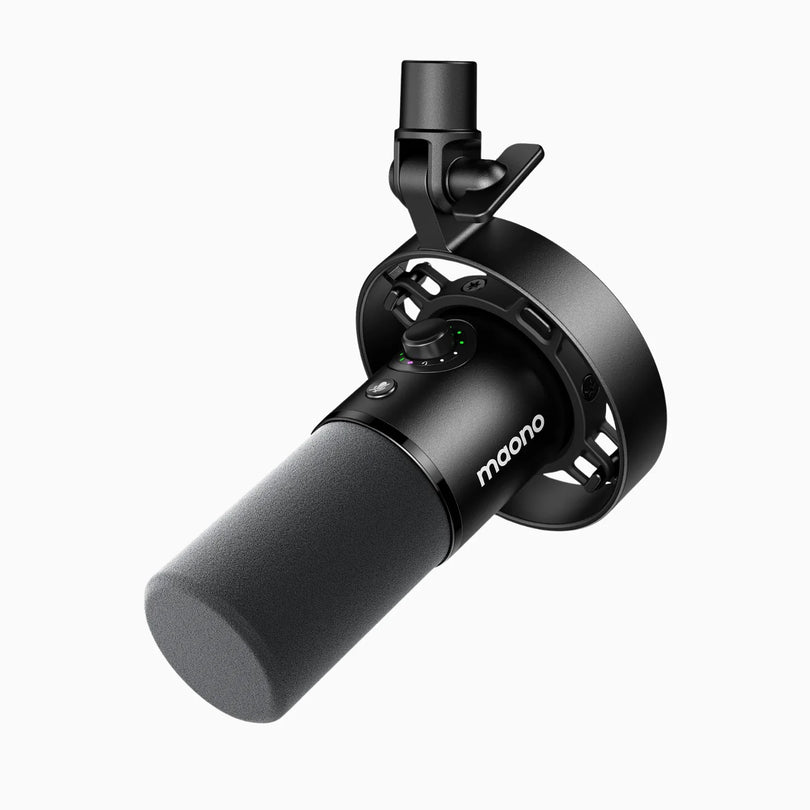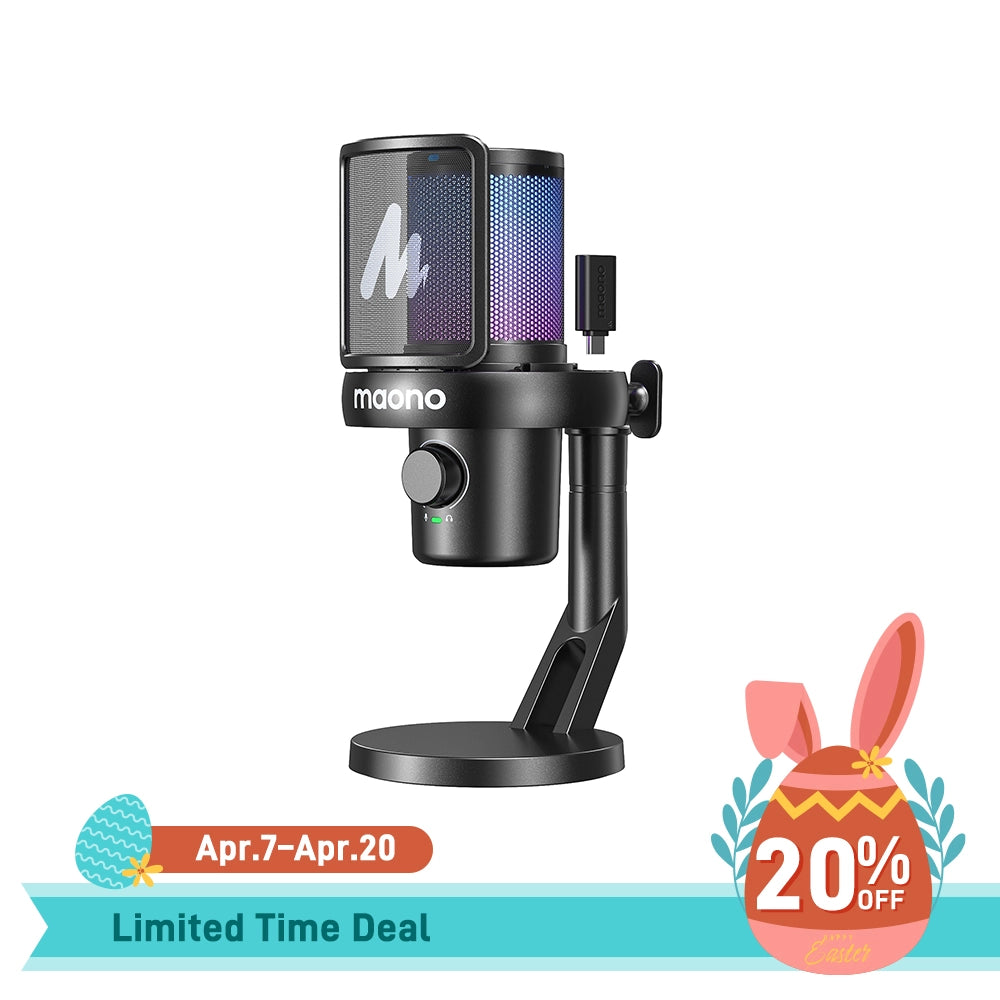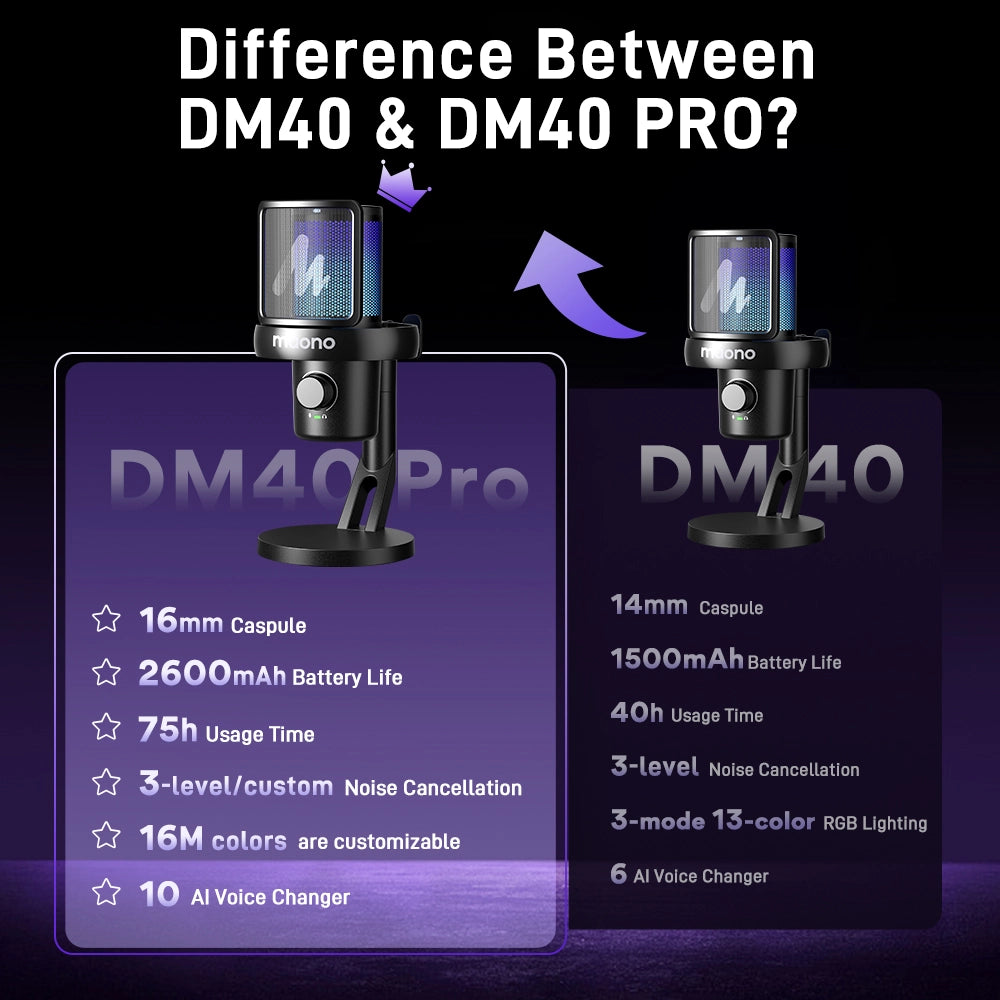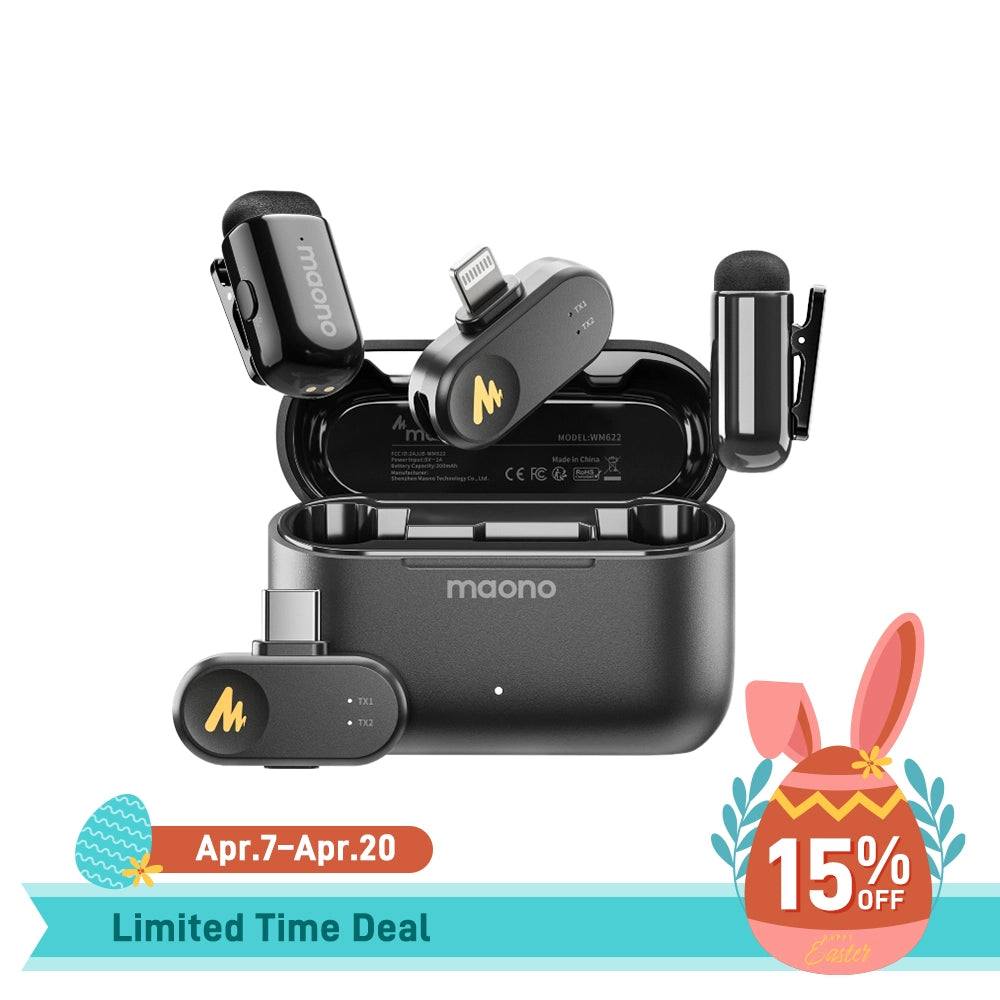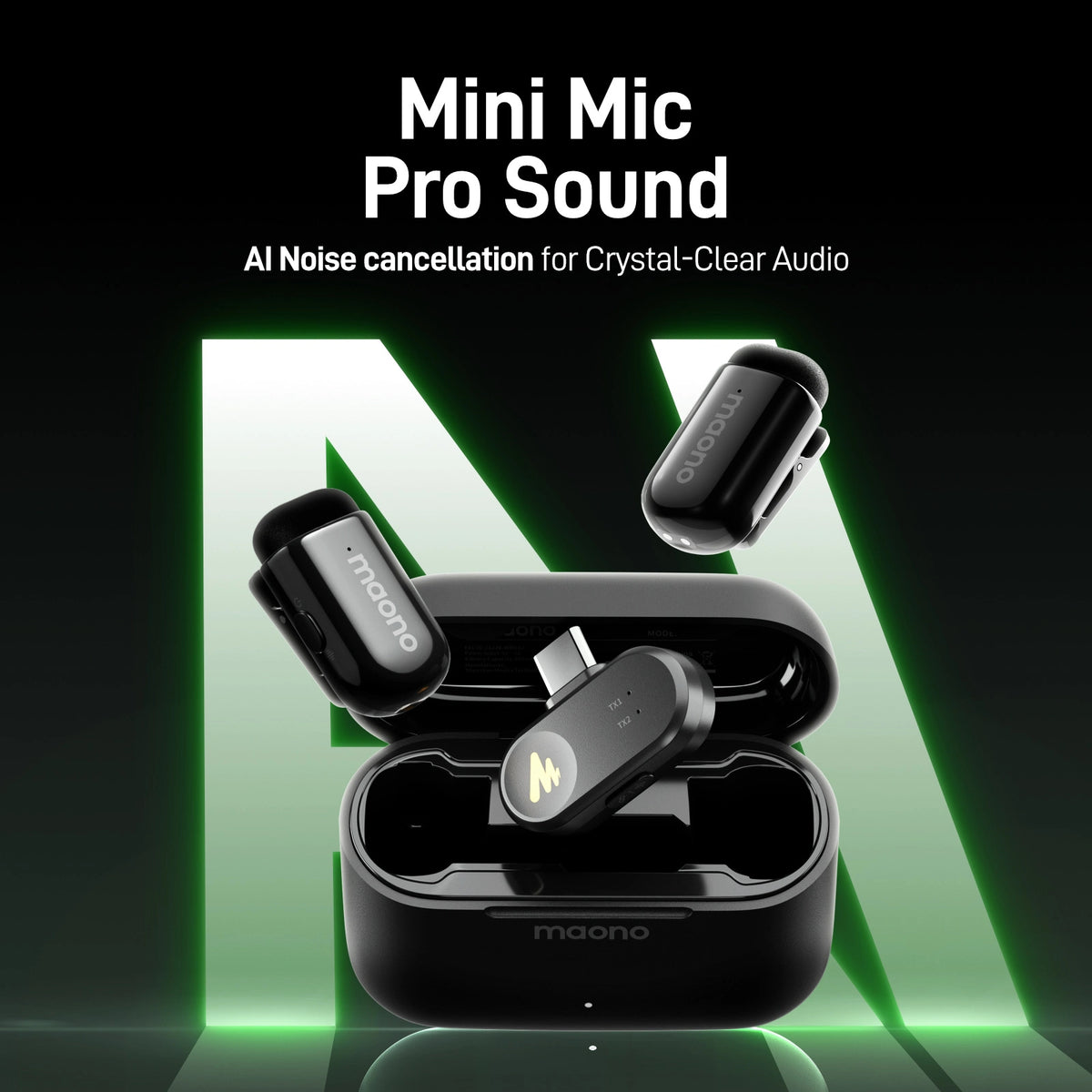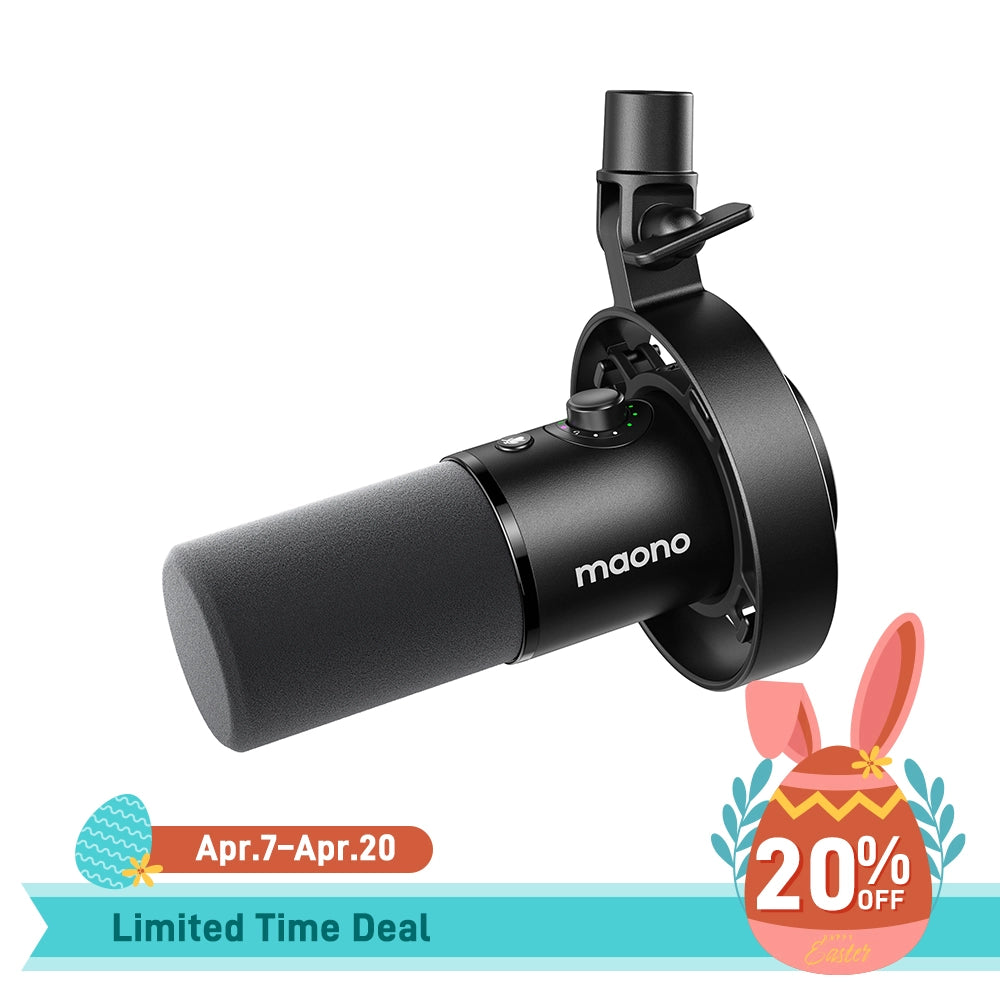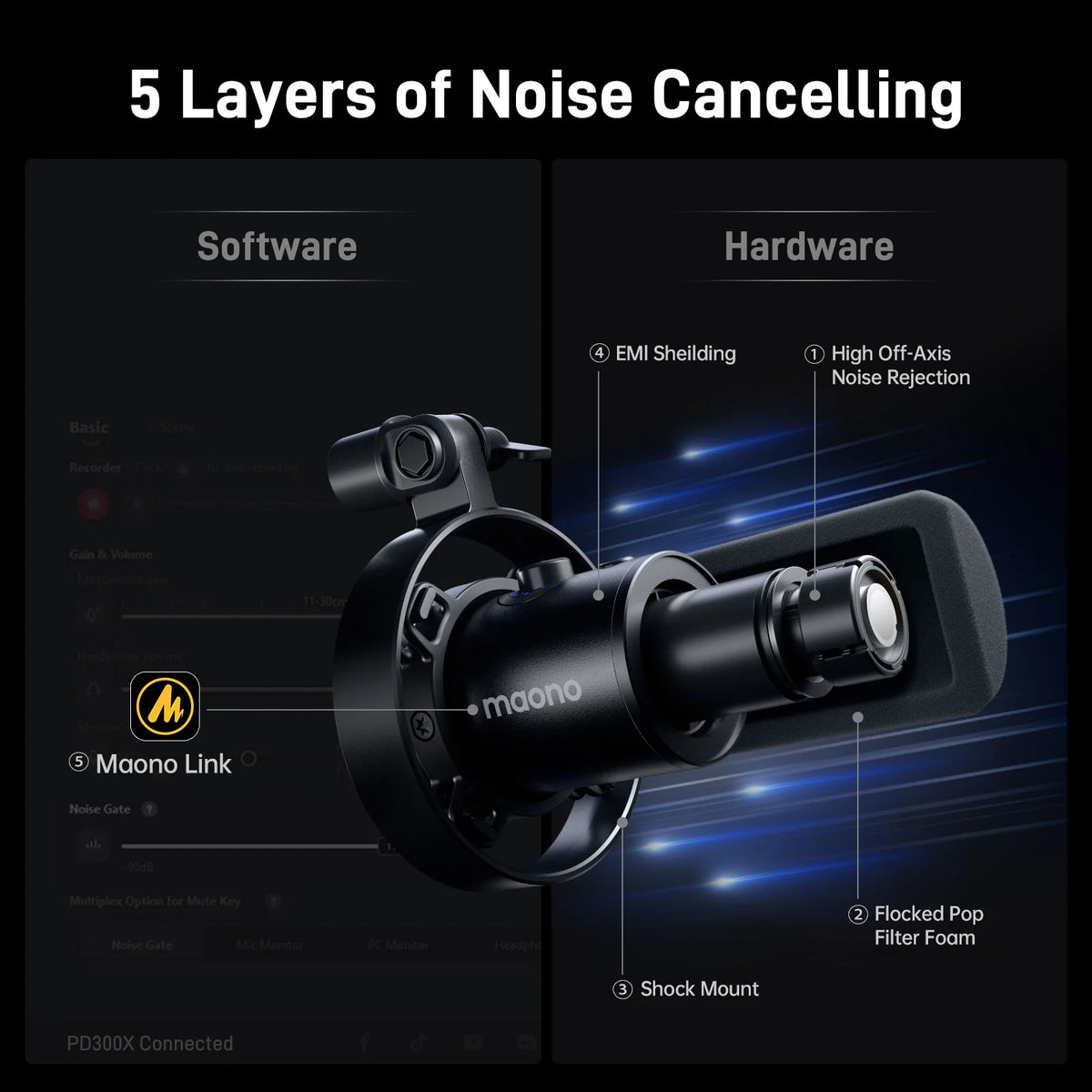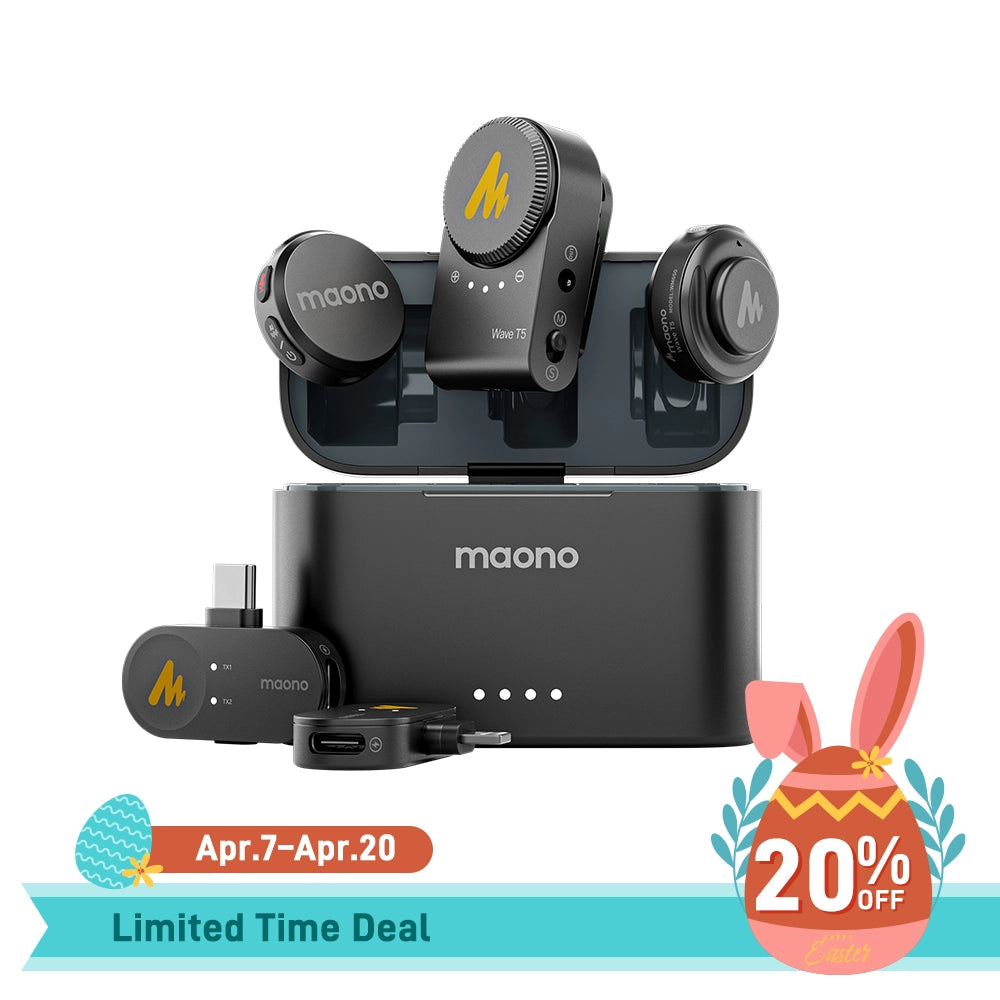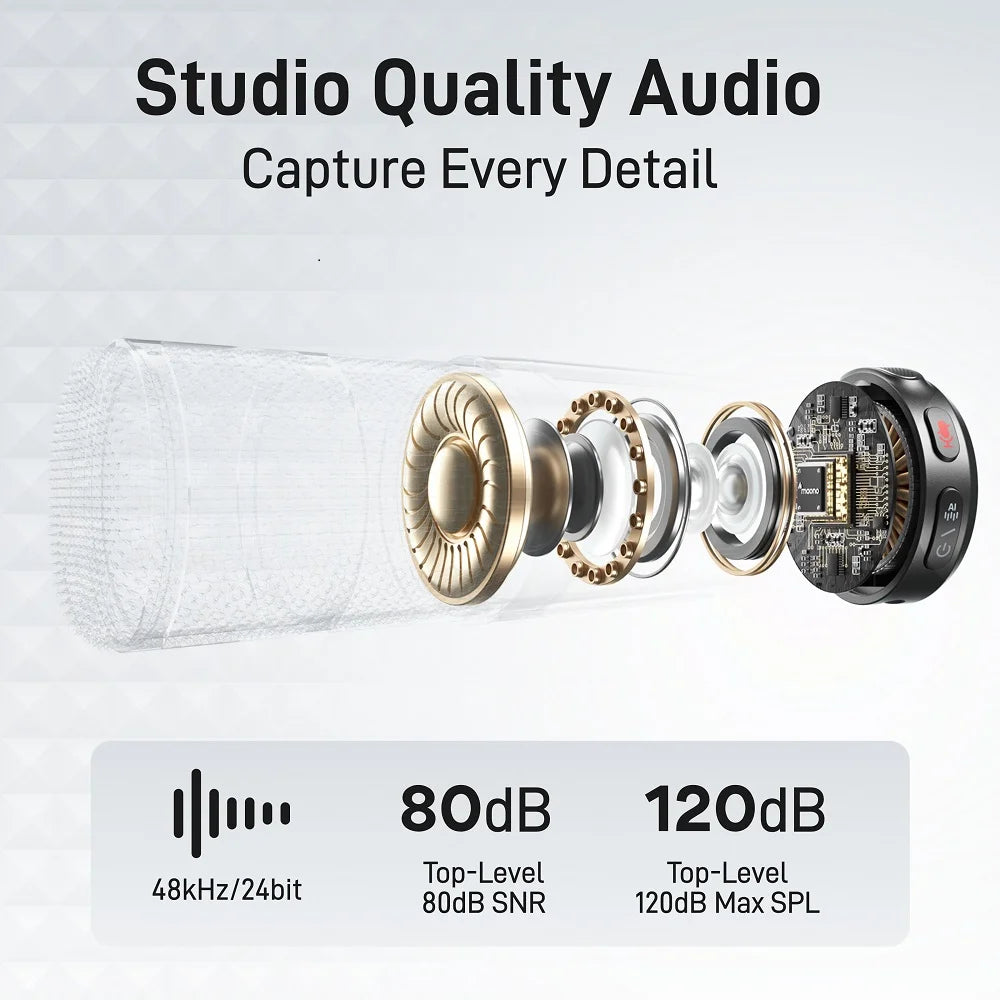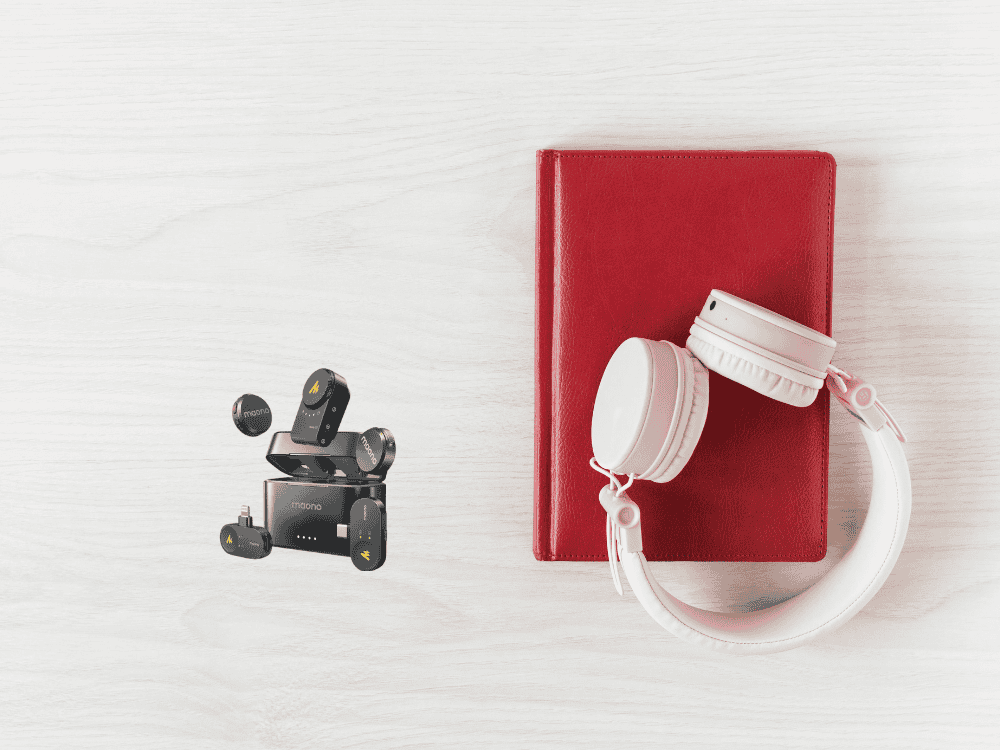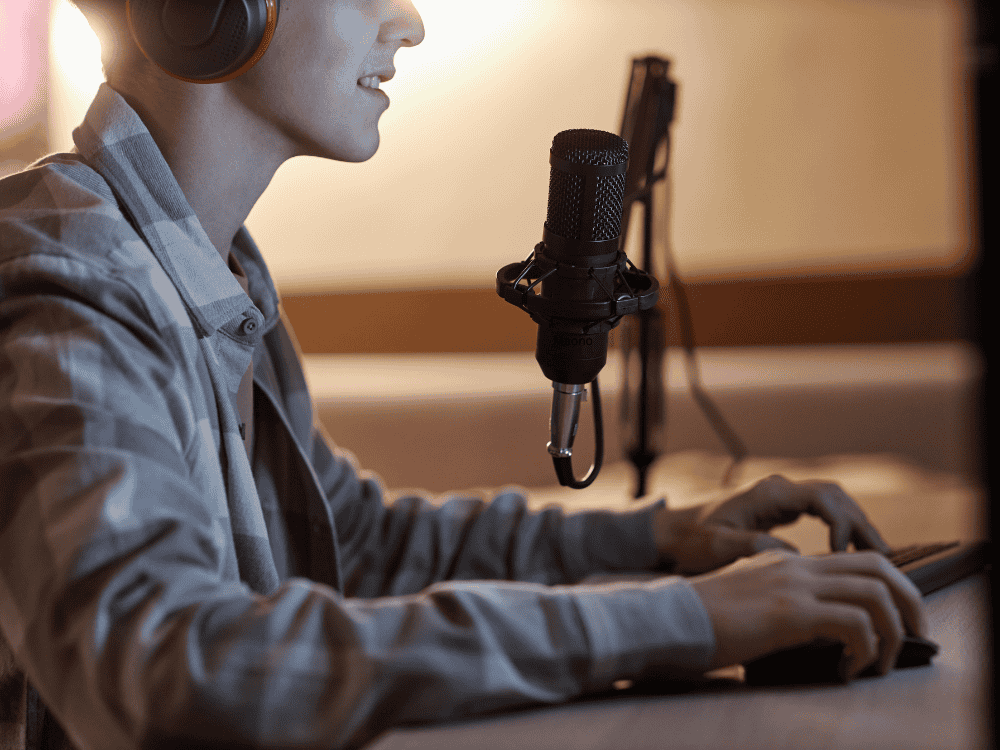Teaching in a classroom requires not only knowledge and presentation skills but also vocal endurance. Many educators find themselves struggling to project their voice over a room full of students, which can lead to vocal strain and fatigue. Using a voice amplifier can be an effective solution to this challenge, allowing teachers to maintain their energy levels without straining their voices. With a classroom voice amplifier, instructors can communicate clearly and effectively without having to compete with the background noise and distractions in a bustling classroom environment.
What is Dysphonia? How Can It Affect Your Daily Work as a Teacher?
Dysphonia refers to disorders that affect the voice, making it difficult for individuals to speak clearly and comfortably. Common causes of dysphonia include overuse of the vocal cords, respiratory infections, and chronic conditions such as vocal nodules or laryngitis. For teachers, who rely on their voices for extended periods, dysphonia can significantly impact their ability to conduct lessons effectively. Symptoms such as hoarseness, loss of voice, and pain while speaking can make it challenging to engage with students and maintain control over the classroom. If left untreated, persistent voice issues can lead to long-term damage and even force educators to take time off from work.
How Does a Voice Amplifier Help Prevent Vocal Strain While Teaching?
A voice amplifier for teachers helps prevent vocal strain by reducing the need for teachers to speak loudly for prolonged periods. These devices enhance the teacher's voice, making it audible to all students without excessive effort. With a small microphone and speaker system, a voice amplifier ensures that sound reaches the entire classroom without requiring the instructor to raise their voice. This not only prevents vocal fatigue but also promotes better classroom management, as students can clearly hear instructions and engage in discussions without struggling to understand the teacher.
What Is the Best Voice Amplifier for Teachers with Large Classrooms?
For teachers who conduct lessons in large classrooms or auditoriums, selecting the right amplifier for voice is crucial. The best amplifiers for large spaces should have a powerful speaker with a high wattage (at least 15-20 watts) and a wireless microphone for ease of movement. Some top-rated options include:
-
Maono C01 Voice Amplifier - The Maono C01 Voice Amplifier is an effective tool to amplify your voice whether you’re going to use it for classrooms, indoor or outdoor activities like: teaching, training, product promotion or tour guiding, itt can amplify your voice for more than 400 square meters and even cover about 10,000 square feet–that’s how amazing this tool is.

-
SHIDU Wireless Voice Amplifier – Compact and lightweight, offering clear sound and a long battery life.
-
Zoweetek Portable Rechargeable Voice Amplifier – Features a 10-watt speaker and a wireless headset microphone for hands-free teaching.
-
WinBridge WB001 Portable Voice Amplifier – Provides excellent sound projection with minimal distortion, ideal for larger spaces.
When selecting a portable voice amplifier, consider factors such as battery life, portability, and connectivity options to ensure that it meets the specific needs of your teaching environment.
Are Voice Amplifiers Effective in Noisy or Crowded Classrooms?
Voice amplifiers are highly effective in noisy or crowded classrooms. They help cut through background noise and ensure that students can hear the teacher clearly, regardless of their seating position. Many amplifiers come with noise-canceling microphones, which filter out ambient noise and focus on amplifying the teacher’s voice. This is particularly beneficial for classrooms with poor acoustics or students who may have hearing difficulties.
FAQs
What Are the Benefits of Using a Voice Amplifier for Teaching?
Using a voice amplifier in the classroom offers numerous benefits, including:
-
Reduced Vocal Strain – Teachers do not have to shout, reducing the risk of vocal fatigue.
-
Better Student Engagement – Clearer instructions lead to improved comprehension and participation.
-
Classroom Management – A well-projected voice helps maintain order and minimize disruptions.
-
Inclusivity – Students with hearing impairments can benefit from enhanced audio clarity.
-
Energy Conservation – Teachers can focus on delivering engaging lessons without becoming physically exhausted from speaking loudly.
Can a Voice Amplifier Help Improve Student Focus and Engagement in the Classroom?
A voice amplifier can improve student focus and engagement. When students can hear the teacher clearly, they are more likely to stay attentive and follow instructions. A well-projected voice also fosters a more interactive learning environment, as students feel more comfortable participating in discussions. Additionally, the use of a voice amplifier reduces misunderstandings, leading to fewer repetitions and smoother transitions between lesson segments.
Can a Voice Amplifier Be Used for Online Teaching or Virtual Classes?
While voice amplifiers are primarily designed for in-person teaching, they can also be beneficial for online classes. Some voice amplifiers come with USB or Bluetooth connectivity, allowing them to function as external microphones for virtual lessons. However, for online teaching, a high-quality headset microphone or a USB condenser microphone may be a better alternative. These devices ensure clear voice transmission without background noise interference, making virtual lessons more effective.
What Is the Alternative to Using a Voice Amplifier When Teaching in a Classroom?
If a voice amplifier is not available, there are other strategies to protect your voice while teaching:
-
Proper Vocal Techniques – Using diaphragmatic breathing and varying pitch to maintain vocal health.
-
Classroom Arrangement – Positioning students to optimize hearing and reducing the need for shouting.
-
Microphone Systems – Using classroom PA systems or lapel microphones for sound reinforcement. There are several budget-friendly lapel microphones available at Maono.com and you can choose what’s ideal for your audio requirements.
Check out the following wired lapel microphones available from Maono:
Maono AU-402 - has a 2 meter cable (6.6 feet) length that’s omnidirectional. It comes with a clip and a windscreen.
-
Maono XLR10 - is also an omnidirectional lavalier lapel mic which can be used by musicians to record vocals and instruments, and it can also be used by podcasters or streamers. It comes with a 6.56 feet cable, a foam windscreen, a tie clip, and an XLR connector.
-
Maono XLR20 - is a lapel microphone with soft, flexible and durable 6.56 cable. It comes with metal clips, and the other can be clamped into the concave of the microphone, a metal battery slot housing, and a 3-pin XLR connector.

-
Hydration and Rest – Lastly, drinking plenty of water and taking vocal breaks to prevent strain.
Conclusion
A voice amplifier is a valuable tool for educators, allowing them to teach effectively without straining their voices. By enhancing vocal clarity and reducing the need for excessive projection, voice amplifiers improve classroom management, student engagement, and overall teaching efficiency. Whether in a small or large classroom, a classroom voice amplifier ensures that every student hears the lesson clearly, creating a more inclusive and interactive learning environment. Teachers looking to amplify voice while preserving their vocal health and maintaining energy levels throughout the day should consider investing in a quality voice amplifier for teachers to enhance their teaching experience.


